On April 6, 1975, the Central Committee of the Southern Region issued a directive to step up the general offensive and general uprising to liberate the city. The Saigon-Gia Dinh City Party Committee issued a document “Things to do immediately before, during and after the city is liberated”.
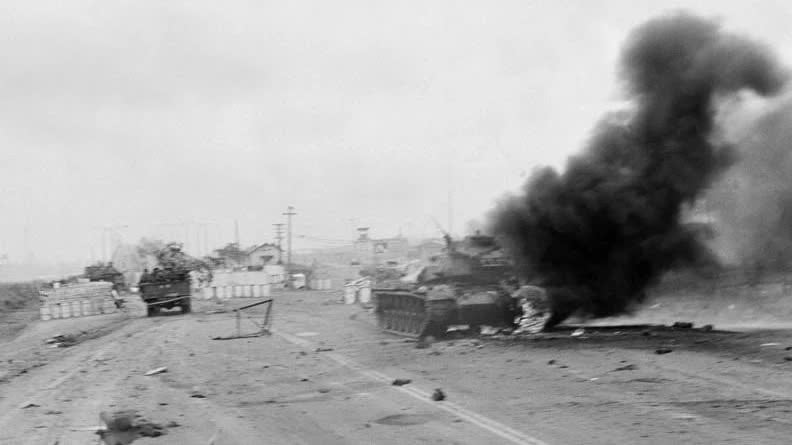
On April 6, 1975, the Central Military Commission sent a telegram to the Truong Son Command stating: It is necessary to focus on and consider the work of ensuring support and ensuring the mobility of our forces to the Southern battlefield (B.2) as the number 1 central task. Therefore, it is necessary to have a plan to organize this work very well, especially ensuring the marching of units, technical weapons and ammunition needs according to the scheduled time...
The demands of the front are extremely urgent, day by day, hour by hour. Time is now force, is strength. Comrades, use all means to organize and urge units to march as quickly as possible, provide support as quickly as possible, and successfully complete this lightning-fast support campaign.
On the same day, the Central Committee of the Southern Region issued a directive to step up the general offensive and general uprising to liberate the cities. The directive stated: “The direct revolutionary situation in the cities has arrived, the urgent tasks at hand have merged with the basic tasks of the national democratic revolution in the South.”
Accordingly, the Saigon-Gia Dinh City Party Committee issued the document "Things to do immediately in the stages before, during and after the city was liberated", directing the transfer of additional cadres and assigning specific tasks to each force: 1 - Wing A under the charge of City Party Secretary Mai Chi Tho; 2 - Wing B under the charge of City Party Deputy Secretary Nguyen Thanh Tho; 3 - Arrange 700 cadres in the inner city, 1,000 cadres in the suburbs to guide and mobilize the masses to rise up; 4 - Assign tasks to the forces of the departments and branches: Public Works, City Youth Union, Flower Movement, Women's Movement, Military Movement, Intelligence Movement, Propaganda; 5 - Organize armed forces (Gia Dinh Regiment, 4 special forces, commando, infantry battalions, local district army companies, 3,345 militia and guerrillas) to prepare for coordinated attacks to capture targets and support the masses to rise up.
In Military Region 8 (South Central), on April 6, 1975, the 8th main force Division of the Military Region, the 241st Engineer Battalion of the Military Region and local armed forces cut off some sections of Highway 4; the 4th main force Division of Military Region 9 and local armed forces destroyed Ba Cang sub-region, controlling Tra Noc airport (Can Tho).
On the same day, Regiment 88, Regiment 24 and two battalions of Long An local troops coordinated to attack and remove 50 posts, completely liberating 12 communes in the southern area of Long An.
In the Southwest, on the night of April 6, 1975, at the Vinh Tra front (Military Region 9), the Military Region's front line received a call from the Regional Command, assigning the task of concentrating the 4th Division and the 101st Regiment to attack Tra Noc airport, capture Route 4, and develop the attack on Can Tho city. The initial shooting time was set to be April 8, but was later changed to April 12.
On the enemy side, in an effort to save the very dangerous situation, from March 13 to April 6, 1975, President Nguyen Van Thieu sent a delegation of many congressmen to Washington, seeking to lobby the US Congress to increase aid to the Saigon regime, but was not accepted.
NDO
Source: https://baohanam.com.vn/chinh-tri/ngay-6-4-1975-day-manh-tong-cong-kich-tong-khoi-nghia-giai-phong-thanh-thi-155939.html




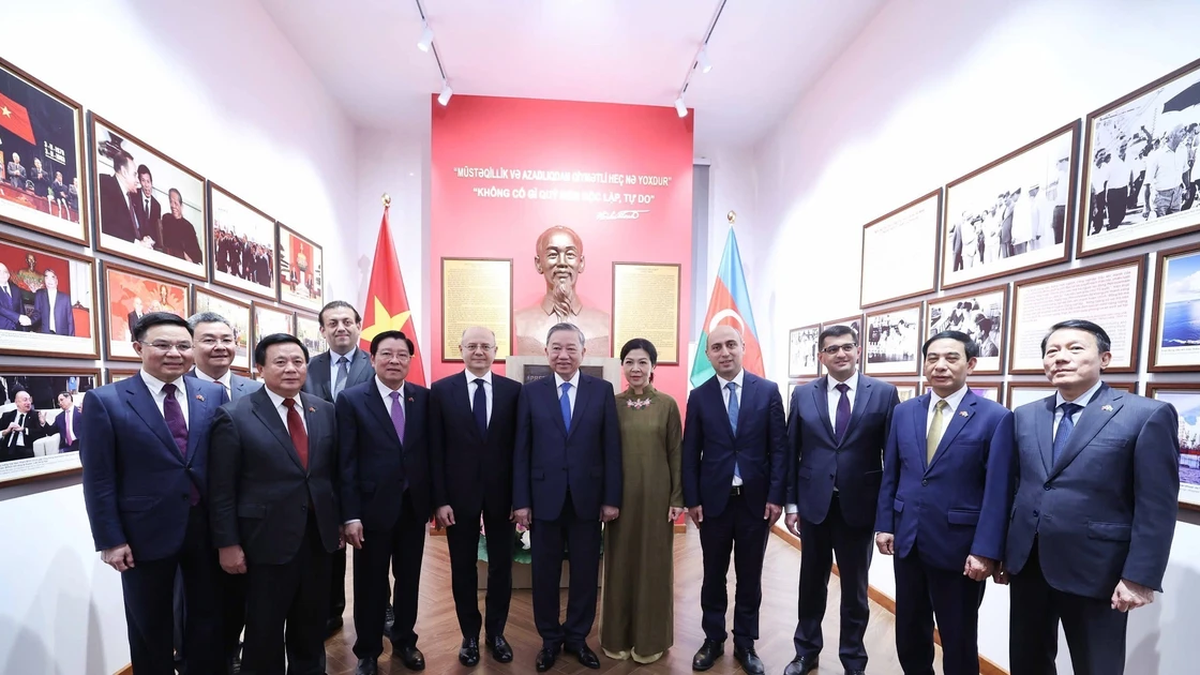
![[Photo] National Assembly Chairman Tran Thanh Man chairs the meeting of the Subcommittee on Documents of the First National Assembly Party Congress](https://vphoto.vietnam.vn/thumb/1200x675/vietnam/resource/IMAGE/2025/5/8/72b19a73d94a4affab411fd8c87f4f8d)
![[Photo] General Secretary concludes visit to Azerbaijan, departs for visit to Russian Federation](https://vphoto.vietnam.vn/thumb/1200x675/vietnam/resource/IMAGE/2025/5/8/7a135ad280314b66917ad278ce0e26fa)
![[Photo] President Luong Cuong presents the decision to appoint Deputy Head of the Office of the President](https://vphoto.vietnam.vn/thumb/1200x675/vietnam/resource/IMAGE/2025/5/8/501f8ee192f3476ab9f7579c57b423ad)
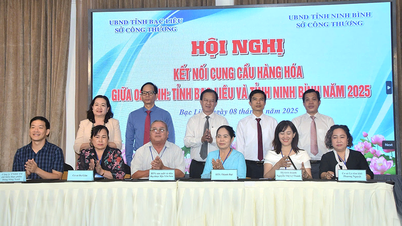
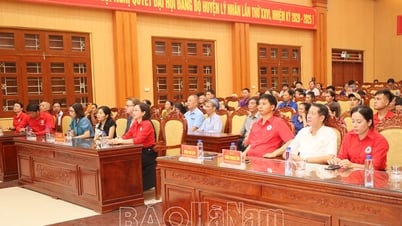

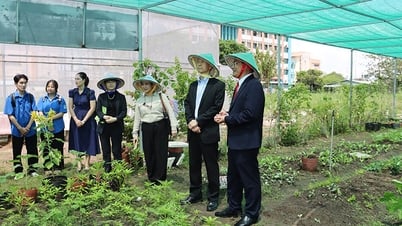
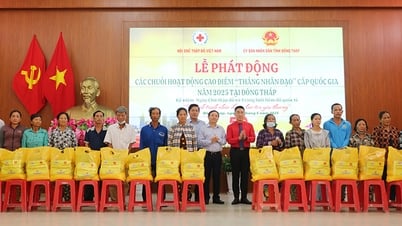
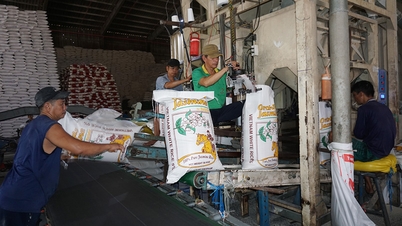




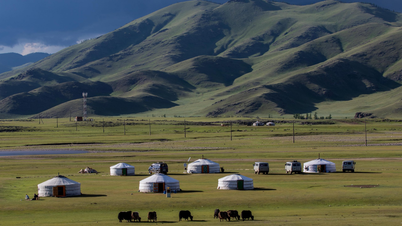

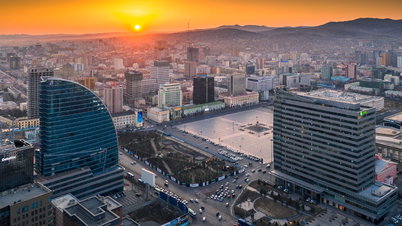



![[Photo] General Secretary To Lam receives leaders of typical Azerbaijani businesses](https://vphoto.vietnam.vn/thumb/1200x675/vietnam/resource/IMAGE/2025/5/8/998af6f177a044b4be0bfbc4858c7fd9)

































![[Photo] Prime Minister Pham Minh Chinh talks on the phone with Singaporean Prime Minister Lawrence Wong](https://vphoto.vietnam.vn/thumb/402x226/vietnam/resource/IMAGE/2025/5/8/e2eab082d9bc4fc4a360b28fa0ab94de)











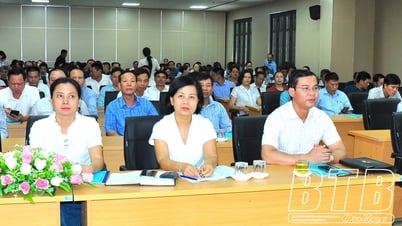





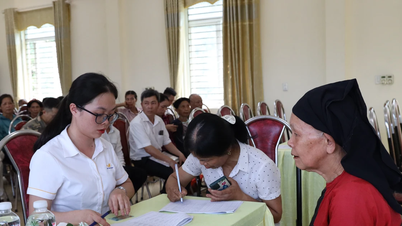















Comment (0)